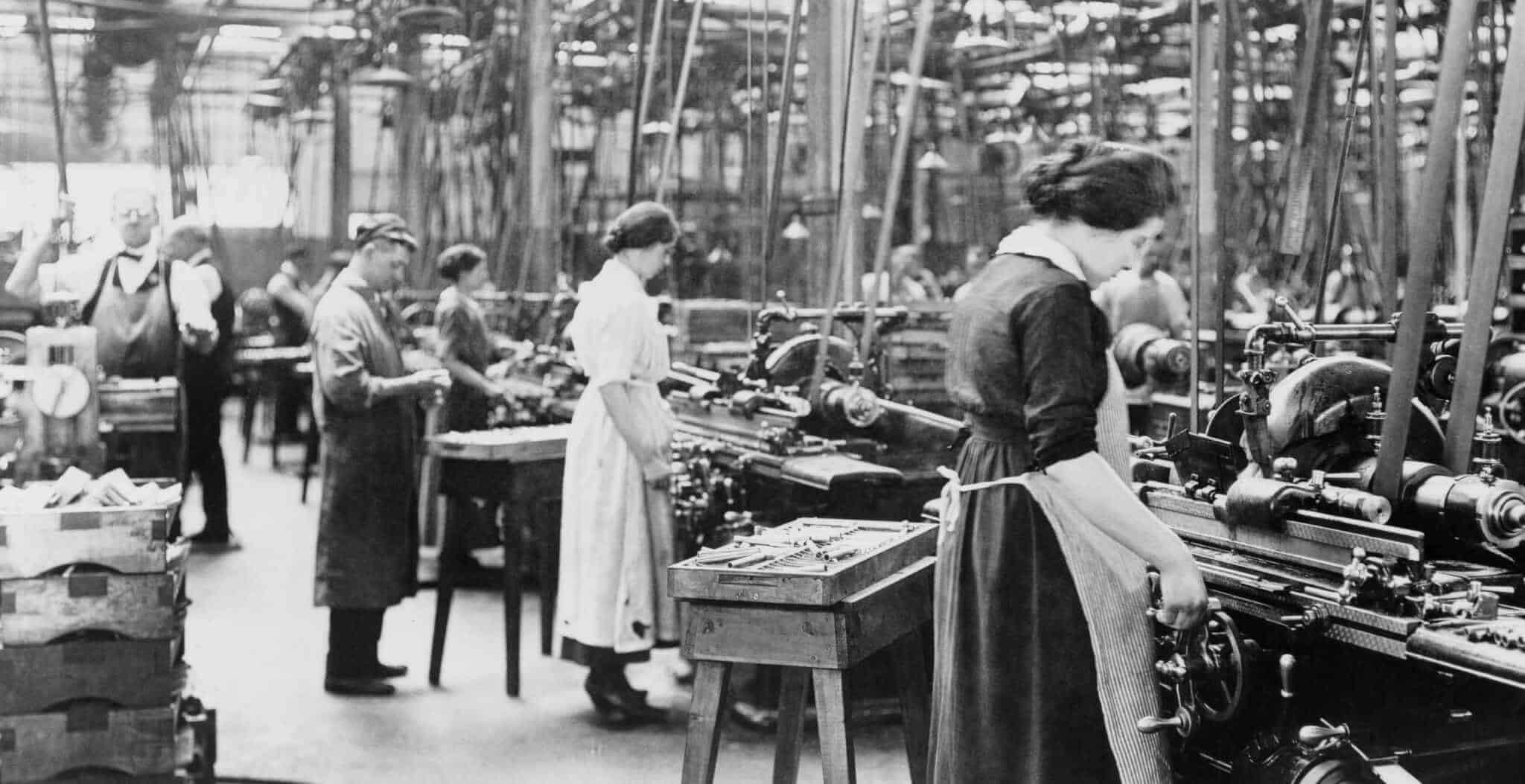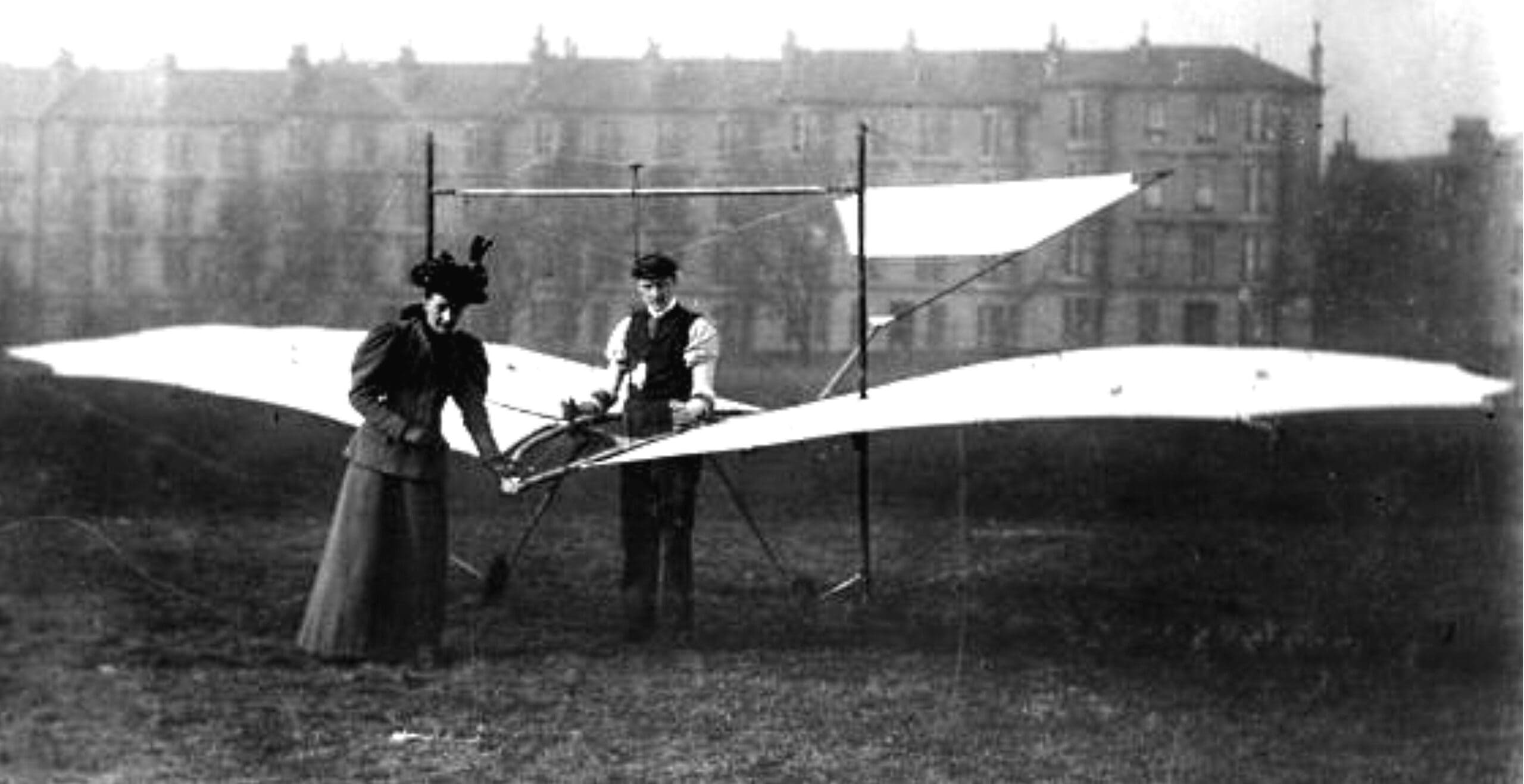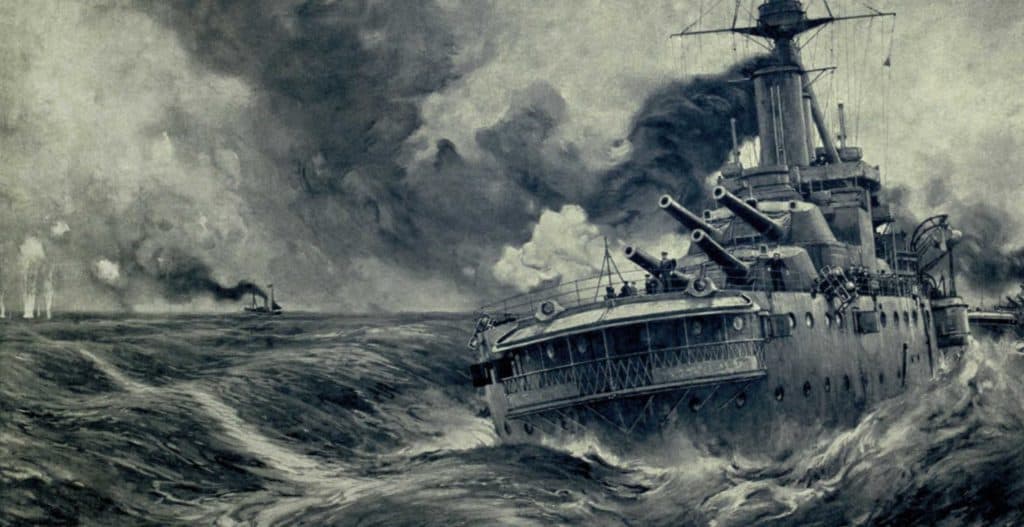At the beginning of the First World War, 66 pilots of the Royal Flying Corps (RFC) flew their aircraft across the English Channel to support the army at the front.
The use of aircraft as a weapon of war was a new concept, one that would expand greatly as the war progressed. The Royal Flying Corps, established in 1912, became the eyes of the British Army, directing artillery gunfire and undertaking reconnaissance and artillery observation.
Flying was still very much in its infancy and initially, as the machines were very basic and the principals of flying were not well understood, casualties were high. Aircraft were constructed from wooden frames lined with canvas, and had very little in the way of armament; therefore in the early part of the war, if aircrew were injured, it was largely through accidents. As aeroplanes developed and became armed, the dangers to aircrew increased and by the end of the war, the loss rate was 1 in 4 killed, comparable to infantry losses in the trenches.

The RFC went into action in France on August 19th 1914, just six days after they had left the UK. The first major air action however was at the first Battle of the Somme in July 1916; by this time the RFC had grown to 27 squadrons and over 400 aircraft.
The direction and force of the wind affect navigation in an aeroplane, and the prevailing westerly wind on the Western Front favoured the German aviators. For much of the war, RFC pilots faced an enemy with superior aircraft; during the ‘Fokker Scourge’ of 1915/16 German Fokker monoplanes, with their ability to fire forwards through the propeller, dominated the skies.
The allies countered with determined and aggressive flying, albeit at a heavy price with the loss of 4 British aircraft to each German. The rapid expansion of the RFC and the development of high-performance aircraft later helped to redress the balance.

The first planes were multifunctional, but as the war continued, aeroplanes were designed to perform specific tasks. This led to the development of the bomber and fighter plane. Aerial battles or ‘dogfights’ became a common occurrence. Fighter pilots with 5 or more victories were dubbed ‘aces’ and some, such as Manfred von Richthofen (the Red Baron), became popular heroes and household names.
By the time the RFC and the separate Naval Air Service (RNAS) combined to form the Royal Air Force in April 1918, the aeroplanes in use were almost unrecognisable from those that had flown with the RFC in August 1914.
World War One was the first war in which air power made a significant impact. Aeroplanes were not only deployed on the Western Front but also played an important part in the conflict in the Middle East, the Balkans and Italy.
Published: 27th January 2015.











